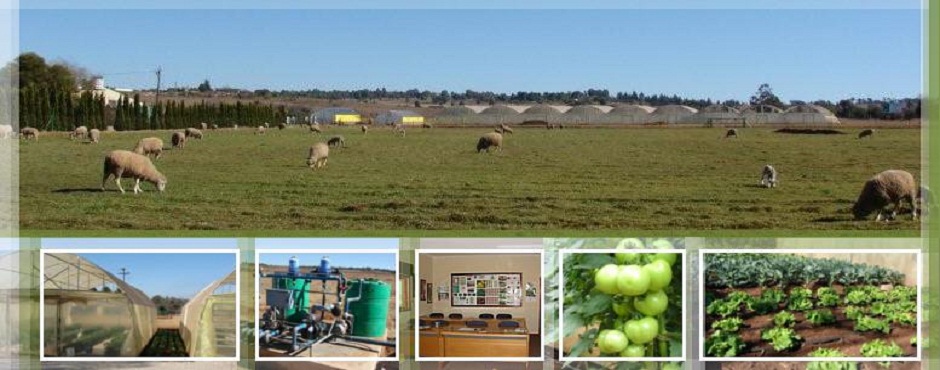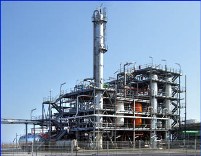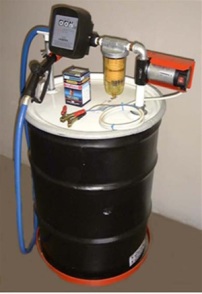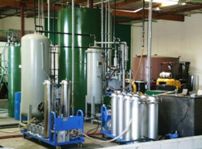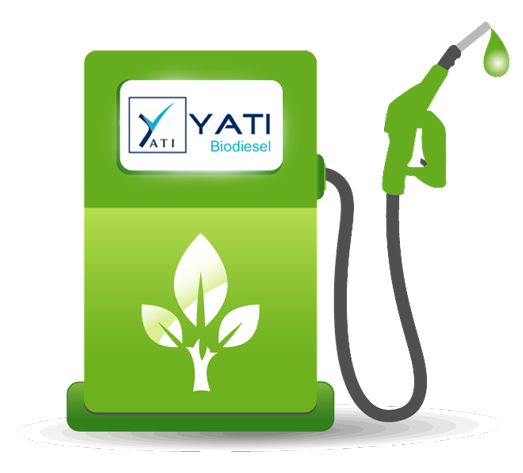Research and Development
Finding additives to make B100 work at very low temperatures below -20 deg C
Improving Biodiesel Handling and Operability in Cold Weather
Concerns over energy availability and climate change continue to drive biodiesel fuel demand. To meet that demand, the worldwide diversity of biodiesel feedstocks is increasing. The benefits of such diversity include increased raw material availability, flexibility as commodity prices shift, and the ability to take advantage of indigenous or policy-preferred raw materials.
Offsetting those benefits are concerns over the varying performance characteristics of the resulting biodiesel fuel. Cold flow performance—how the biodiesel or biodiesel blend behaves in cold conditions—is a significant concern, especially as the winter season takes hold of the northern hemisphere. Cold flow additives play a role in improving biodiesel low temperature performance and can enable the use of diverse feedstocks.
Biodiesel can be made from a wide variety of oilseeds and animal fats. Common feedstocks are soybean in the United States, Canada and Brazil, rapeseed or canola in Europe and Canada, and palm and coconut oils in the Far East. Jatropha seed oil is being promoted in India. Use of recycled cooking oils and animal fat trimmings as raw materials to make B100 is growing rapidly due to environmental benefits and their potentially lower cost.
Saturated, monounsaturated and polyunsaturated fats can be used to manufacture biodiesel. The chemical makeup of the various oils affects the operability and handling of the biodiesel (Figure 1).

Figure 1. Biodiesel with high levels of saturates have poorer cold-weather operability but better oxidative or storage stability. Base biodiesel fuels containing higher amounts of polyunsaturates have better low-temperature operability but reduced oxidative stability. Biodiesel made from oils high in monounstaturates can provide good oxidative stability and reasonable cold-temperature performance.
Also at issue are the cold flow performance requirements in certain geographic areas and the biodiesel blend levels in those markets. During winter months in colder climates, diesel fuel’s cold flow properties are an operability issue, even without adding the complications of the various biodiesel feedstock characteristics. Marketers and fuel users manage diesel fuel flow in the winter with several techniques, including kerosene blending and the use of cold flow additives. Five factors can impact biodiesel cold temperature operability and handling. The first is the type of feedstock used in production (rapeseed, soy, tallow, palm, canola or other oils). The second is the processing technique and resulting B100 purity. Third is the biodiesel blend level used in diesel fuel. The fourth factor is the cold flow properties of the diesel fuel. Finally, the usage and type of cold flow additive impacts cold weather operability and handling.
Handling, Blending and Operability
There are two cold-temperature performance concerns: handling and operability. Handling refers to the ability to store, blend and pump B100 or the resulting biodiesel blend. Operability refers to the usage of the blended fuel in a vehicle or equipment.
Biodiesel handling concerns typically fall in the realm of the B100 producer or blender. To enhance winter handling, heat is used to enable pumping. Additives can also be used to lower the pour point, either alone or in combination with heat. In B100, pour point additives can be effectively tailored to the fuel’s feedstock.
The method to achieve homogenous biodiesel blends essentially includes combining heat (with B100 at least 10 degrees Fahrenheit warmer than its cloud point) and agitation. Cold flow additives also must be added and thoroughly mixed at temperatures well above the cloud point of the components.
Operability concerns typically fall in the realm of the biodiesel blender, marketer and user. The goal is for the equipment using the biodiesel blend to start and run without problems in the particular climate. Requirements change depending on the latitude and time of year.
The blender/marketer defines the required performance, looks at the feedstock and diesel sources, determines the blend level and if kerosene will be used, and takes into account the geographical area where the fuel will be used. Operability additives are typically added when the biodiesel is blended and are most effective when included with adequate agitation and at temperatures well above the cloud point.
The Crystals
Diesel and biodiesel low temperature properties are determined by their chemical makeup, which affects crystal growth. All diesel fuel and biodiesel contains wax molecules, which are dissolved in the fuel at higher temperatures. As the fuel temperature drops, the wax molecules begin to crystallize. Cold flow additives work by controlling the crystals. They interact with the growing wax crystals to keep them small and able to flow.
Four industry-recognized terms are used to describe various levels of operability. The cloud point (CP) measures the onset of crystallization. It’s the temperature at which crystals grow large enough to scatter light. The cold filter plug point (CFPP) is the lowest temperature at which wax plugs a filter through which chilled fuel is pumped. The low temperature flow test (LTFT) is similar to the CFPP, but with a slower cooling rate and different filter. The slower a fuel cools, the larger the resulting crystals. Larger crystals cause filter plugging. LTFT temperatures are typically above the CFPP. Finally, the pour point (PP) is the handling temperature at which the fuel will no longer flow. As the fuel further chills, it will ultimately reach the PP.
The CFPP and PP of various biodiesel feedstocks are shown in Figure 2.

Figure 2. Biodiesel with a higher saturated fatty ester content exhibits wax crystal formation and begins to gel at significantly higher temperatures than those containing higher amounts of unsaturated fatty esters. Therefore, biodiesel fuels made from rapeseed have better low temperature properties than those made from soybeans. Biodiesel made from palm and coconut oils has incrementally worse cold weather operability.
It is clear that all biodiesel fuels are not created equal when it comes to cold weather operability. As with diesel fuels, biodiesel and biodiesel blends can gel as the ambient temperatures drop. The higher the percentage of biodiesel in the blend, the poorer the low temperature properties. Biodiesel blends of B5 or less typically exhibit cold weather performance similar to the base diesel fuel.
Enhancing Operability with Additives
Traditionally, kerosene or No. 1 diesel fuel has been used to lower the CFPP of diesel fuels. This approach also is effective with biodiesel-blended fuels, but ultra-low-sulfur kerosene has been scarce. The good news is that additives are available that will improve the cold-weather performance of biodiesel and its blends. Their use can be more cost effective than blending with kerosene. Engine power losses associated with kerosene blending also are avoided when additives are used.
In the United States, cold temperature operability guidelines for diesel fuel can be found in ASTM D 975. While these guidelines are a starting point for biodiesel blends, there is no specific cold flow specification for B100 or biodiesel blends. ASTM D 6751, the standard for B100 biodiesel blendstock, requires only that cloud point be reported.
As with traditional cold flow additives for diesel fuel, additives must be matched to the biodiesel composition and blend level. Additive formulators have developed broad spectrum additives that can improve the operability of biodiesel blends in the range of B5. At blend levels greater than B5, or with highly saturated B100 blendstocks, care should be taken in the additive selection and treat rate. The treat rates for biodiesel cold flow improvers are typically higher than treat rates required for traditional cold flow improvers used in diesel fuels to reach equivalent performance (Figure 3).

Figure 3. As the biodiesel blend level increases from B0 to B20, the CFPP temperature increases, and higher levels of cold flow additive are required to reach target performance. In this case, B10 required twice the additive level to reach the target CFPP temperature.
Exercise caution when choosing an additive for biodiesel blends. Some additive chemistries can have negative effects when blended into biodiesel blends where the diesel portion was previously treated with a traditional diesel cold flow additive. Perform testing to avoid this scenario.
Because of their various characteristics, different additive packages are designed for specific oil sources as well as for the time at which they will be blended (at the producer or blender level). Using the correct additive package will enhance the cold weather handling and operability of a vehicle or equipment.




